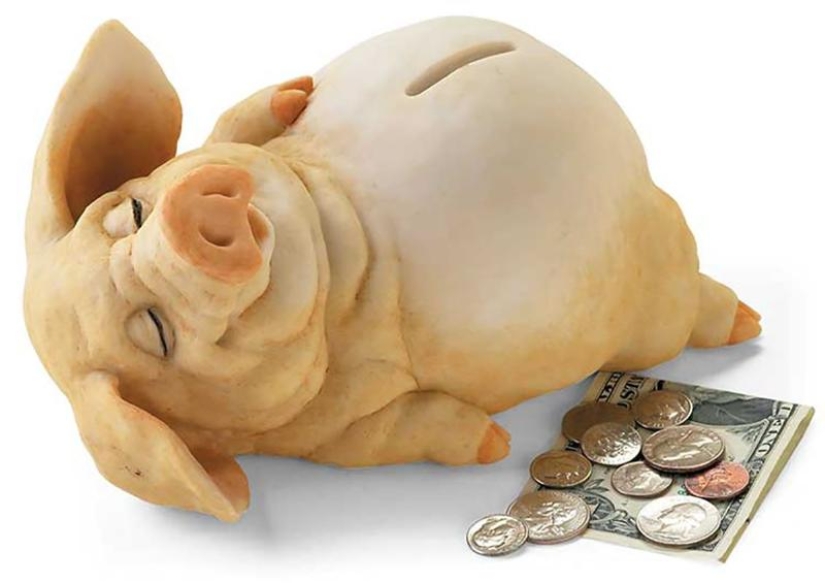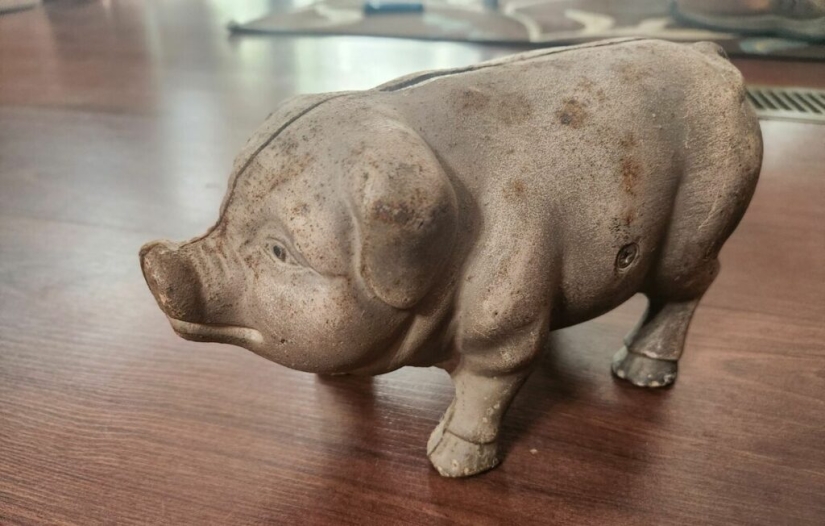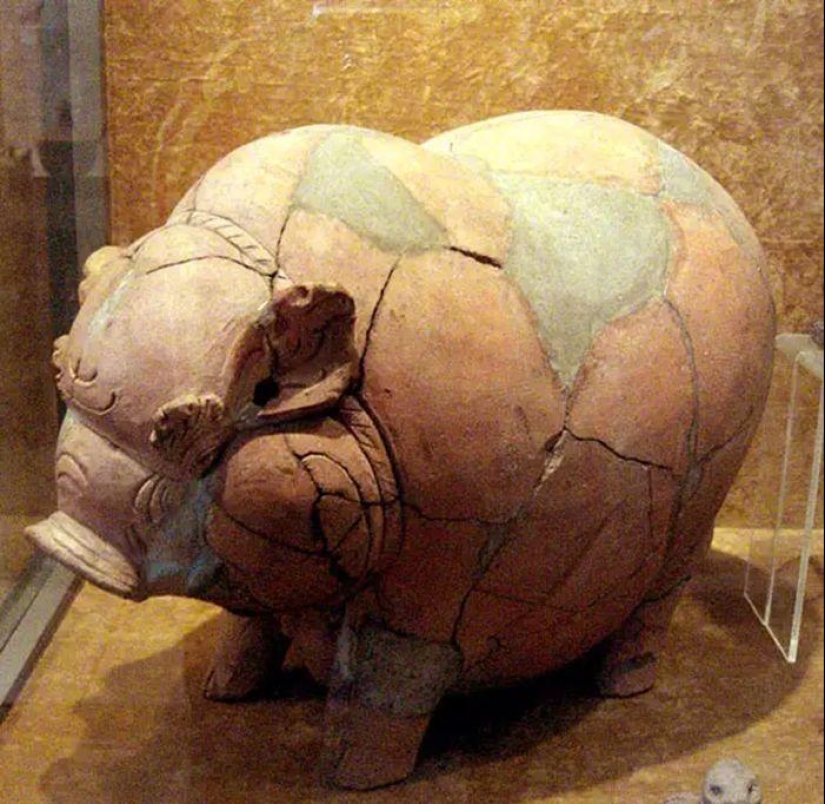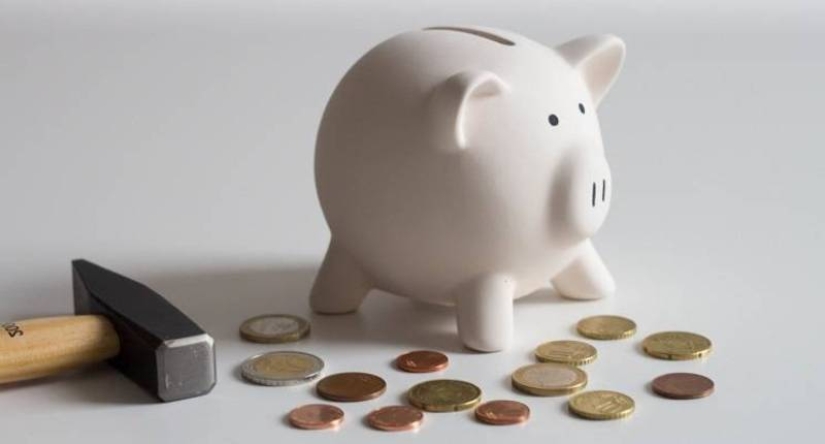Why are piggy banks made in the shape of pigs?
Categories: Design and Architecture | History
By Pictolic https://pictolic.com/article/why-are-piggy-banks-made-in-the-shape-of-pigs.htmlWe are surrounded by many things whose shape and design seem inexplicable. A piggy bank is a great example. Why make a piggy bank of a complex shape when you can get by with a regular can or cube? However, over the centuries, it is the piggy bank that has gained widespread popularity. When we see this cute and familiar image, we are involuntarily overcome with curiosity: why a pig? It turns out that this funny and familiar image has deep historical and cultural roots.

It turns out that the traditional shape of piggy banks has long been a source of concern to researchers. And they found the answer to the question that had been troubling their minds for many years. The most popular assumption about the shape of piggy banks was made by Rudolf Brasch in 1965. It turned out that the origins of the tradition go back to the British late Middle Ages. In the 15th century, English potters used cheap red clay to make dishes and various household containers, including vessels for collecting coins with a slit at the top.

This type of red clay was called "pygg clay". And piggy banks made of such clay began to be called "pygg banks", which literally meant "clay piggy bank". Over time, the word "pygg", denoting red clay, fell out of use, and in its place came the similar-sounding English word "pig". And so began the tradition, thanks to which savings containers began to take the form of pot-bellied piglets.
Although the "pygg" clay theory is popular, not all historians believe that it was the consonance of the words that caused pig-shaped piggy banks to appear. There is an opinion that the piggy bank appeared as a symbol of luck, fertility and wealth, which is deeply rooted in the folk culture of different countries. Since ancient times, the pig has been associated with abundance and prosperity, because it was the one that could bring benefits to the household. Thus, the image of the pig became a symbol of prosperity, wealth or luck.

British etymologist Michael Quinion denies the existence of a clay called "pigg" at all. He suggested that the word "piggy" appeared in the 15th century and described not clay, but clay products. At that time, most clay products had a smooth, round structure resembling the body of a pig. As a result, these ceramic items for storing savings began to be called "piggy banks".
There is another theory that Europeans borrowed from Southeast Asia. Hundreds of years before clay pigs were produced in Britain, they were already being made on the distant island of Java. Piggy banks in the shape of pigs, made by islanders in the 13th-16th centuries, are considered to be the first piggy banks in history of the traditional shape, that is, with a slit on top.


True, Javanese piggy banks do not look like cute pets at all. They look like wild boars living in the jungles of the island. In the local language, this animal is called celeng. This word is also used to denote such a concept as "savings". According to cultural experts, the idea of keeping savings in a pig figurine comes from Chinese culture, in which this animal is a symbol of wealth and prosperity.

Around the same time, in the 13th century, pig-shaped money boxes were produced by potters in the Holy Roman Empire, or more precisely, in what is now Germany. Some historians are sure that German settlers brought such money boxes to North America, and from there they later spread throughout the world. So, no specific place where the piggy bank originated has ever been found.

The history of piggy banks is not only about the pig symbol. For example, one of the oldest piggy banks was found in Turkey and dates back to the 2nd century BC. It is made in the form of a Greek treasure temple with a slot in the pediment and was probably used to store coins.
In the Middle Ages, piggy banks were made of iron, clay, wood and ceramics. Piggy banks in the shape of pigs were common, as this image was considered to bring good luck. In Germany, the pig is still a symbol of prosperity and can often be found in advertising for banks and savings programs.
In general, the history of piggy banks is a very fascinating thing. Products that were not shaped like a pig could be very unusual and symbolized their era. And what is the story behind your piggy bank?
Recent articles

Leonardo da Vinci was accused of being fond of orgies. William the Conqueror, despite all his successes, was called a "Bastard" ...

Modesty? Decency? A sense of tact? No, you haven't heard! Just look at what the people from the selection below are doing! No ...

American documentary photographer Bruce Davidson came to the UK in 1960 for a couple of months on the assignment of Queen magazine. ...